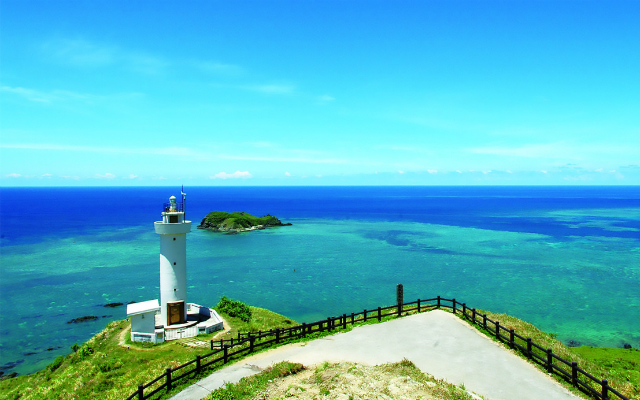
Source: Okinawa Cape Hirakubosaki by find47.jp
The Best Destinations in Japan For Each Season: Summer
- Source:
- okinawa.58 / loves_okinawa / ju_ur1 / mai8o3 / pino_pino_m / okinawa-information
Related Article
-

Summertime present to guinea pigs at Japanese zoo will warm your heart and keep you feeling cool
-

Hand-held fireworks performer has photog son capture the moment with stunning results
-

Matcha S’mores Frappuccino is Starbucks Japan’s Latest Summer Creation
-

Illustrator Natsuya’s never-ending summer dreams of pools, popsicles, and aquamarine
-

Natsuiro Photography: Interview with Shizuoka photographer Shinnosuke Uchida
-

Top convenient goods and items perfect for the hot summers in Japan


Any area of Japan can be enjoyed any time of the year, but each passing month brings seasonally specific activities and natural phenomena, that mean different places reach their full potential at different times.
All things considered, we think these are the best picks for each of Japan’s distinct four seasons. Next up, is the hot and humid Japanese summer. How can one make the best of this sticky season?
If we take for granted that it’s going to be too hot, we might as well take it easy in a tropical paradise (and pray there’s no typhoons).
Spend a Long, Hot Summer in Okinawa
If you love a stereotypical summer holiday of sunshine, beaches and partying, Okinawa is perfect. This group of islands has an easy-going reputation compared to the non-stop bustling of the mainland. There is zero chance of being forced onto a packed train in the sweltering heat. Just remember to take a lot of sun screen with you. Like, a lot.
Okinawa’s pristine beaches and crystal-clear water are world famous. Apart from just relaxing and swimming, there’s also plenty of other marine activities. You can experience Okinawa’s wonderous seascapes and diverse marine life up close with activities such as scuba diving and whale watching.
The main island is surrounded by a stippling of smaller islands. Some are even uninhabited, making them the perfect place to escape other tourists. But public transport is quite limited meaning if you want to be able to explore Okinawa's most deserted beaches and islands, you'll usually have to rent a car.
Of course, summer is a time for festivals and fireworks in Japan, and you'll rarely get to experience these things in such an idyllic setting. The biggest firework festival in Okinawa takes place in the Ocean Expo Park, over 10,000 fireworks light up the sky above Emerald Beach's sparkling waters.
Okinawa is a classic tropical summer vacation, but that doesn’t suggest a lack of cultural activities; Okinawa has its own rich and interesting history. They were a separate kingdom named Ryukyu until they were annexed by Japan in 1879. Historical remnants have a style completely distinct from the mainland, showing a strong Chinese influence, such as the striking red Shuri Castle in Naha. Okinawan natives are proud of their Ryukyu culture and one way they express it is in the form of traditional dance and music performances called Eisa, that can be seen for free in tourist hotspots such as Kokusai Street.
The fierce, independent Okinawan spirit makes for a Japan trip like no Japan you’ve seen before.
Part 1: Spring
Part 3 and 4 coming soon!